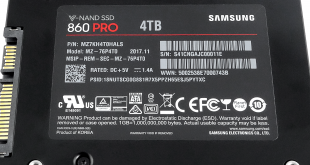
Launched at the same time as the EVO model, the Samsung SSD860 PRO, the successor the mighty 850 PRO, uses Samsung's 64-layer MLC V-NAND and has an endurance rating that eclipses the previous generation 850 PRO's life expectancy.
The SSD860 PRO uses Samsung’s latest fourth generation 64-layer MLC V-NAND along with a new controller, the MJX. Technical details on the new controller are pretty sketchy to say the least at the time of writing this review but the one thing that is clear is that it has a new memory controller as it supports LPDDR4 memory and Samsung also say it has improved Linux compatibility.
The SSD860 PRO is available in five capacities; 256GB, 512GB, 1TB, 2TB and the flagship 4TB – the model we have for review today. At launch the drive is only available in the standard 2.5in format. The 4TB drive is equipped with 4GB of LPDDR4 cache (the 2TB drive has 2GB, the 1TB model 1GB and both the 512GB and 256GB drives have to make do with 512MB.)
Quoted performance across the range for the 860PRO is 560MB/s for Sequential reads and 530MB/s for writes. 4K random read performance is stated as up to 100,000 IOPS with writes at up to 90,000 IOPS.
The most striking aspect of the 4TB SSD860 PRO is the rated endurance. At 4,800TB TBW it’s an 8 times improvement over the previous SSD850 PRO. To further add peace of mind Samsung stand behind the drive with a 5 year warranty, although that's half of what they backed the 850 PRO with.
Physical Specifications:
Usable Capacities: 4TB
NAND Components: Samsung 64-layer MLC V-NAND
NAND Controller: Samsung MJX
Cache: 4GB LPDDR4
Interface: Serial ATA (SATA) 6Gb/s (SATA III)
Form Factor: 2.5in, 7mm
Dimensions: 100 x 69.85 x 6.8mm
Firmware Version: RVM01B6Q
The Samsung SSD860 PRO 4TB ships in a compact black box with an image of the drive on the front along with information about the drive in that it uses V-NAND and has a SATA 6Gb/s interface. There is a sticker on the top left of the box which indicates the capacity of the drive. The rear of the box has multilingual marketing notes and the fact the drive has a 5 year warranty.
The drive sits in a tray to keep it secure during transit, the only other thing in the box, an installation/ warranty guide sits on top of it.
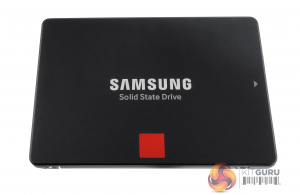
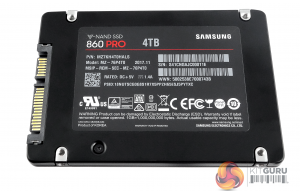
The drive is built on the standard 2.5in format and has a metal enclosure held in place by three pentalobe screws, two of which are hidden under the label on the rear of the drive. But be warned, ripping off the label to get at the screws will void the drives warranty.
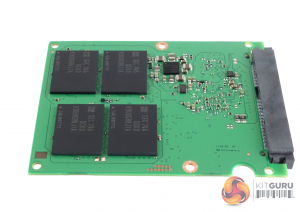
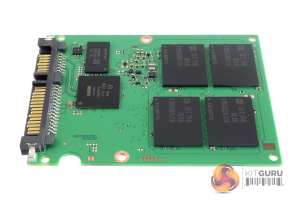
The SSD860 PRO uses Samsung's 256Gb (32MB) die size, 64-layer MLC V-NAND. Four 512GB NAND packages (coded K9UUGB8JA ) occupy one side of the PCB while on the other side are another four 512GB NAND packages, the 4GB LPDDR4 cache IC and the Samsung MJX (S4LR030) 8-channel controller.
Samsung's SSD management utility goes by the name Magician and is available as a download from Samsung's website.
Magician is a pretty comprehensive suite of tools to allow you to check the drive compatibility with the system it’s being installed into, optimise its performance, set the Over Provisioning and perform a secure erase of the drive.
The one tool noticeable by its absence is a built-in data migration tool, but as Data Migration software is available as a separate download from Samsung’s website, it's a bit of a mystery why it's not built in all ready.
For testing, the drives are all wiped and reset to factory settings by HDDerase V4. We try to use free or easily available programs and some real world testing so you can compare our findings against your own system.
This is a good way to measure potential upgrade benefits.
Main system:
Intel Core i7-7700K with 16GB of DDR4-3200 RAM, Sapphire R9 390 Nitro and an Asus Prime Z270-A motherboard.
Other drives
Crucial BX100 1TB
Crucial BX200 960GB
Crucial M550 1TB
Crucial MX200 1TB
Crucial MX300 2TB
Crucial MX300 Limited Edition 750GB
Integral SVR-PRO 100 4TB
Kingston SSDNow V310 960GB
Samsung 840 EVO 1TB
Samsung 850 EVO 1TB
Samsung 860 EVO 4TB
SK hynix SE3010 960GB
Toshiba TR200 960GB
Ultima Pro X 960GB
Software:
Atto Disk Benchmark.
CrystalMark 3.0.3.
AS SSD.
IOMeter
All our results were achieved by running each test five times with every configuration this ensures that any glitches are removed from the results. Trim is confirmed as running by typing fsutil behavior query disabledeletenotify into the command line. A response of disabledeletenotify =0 confirms TRIM is active.
CrystalDiskMark is a useful benchmark to measure theoretical performance levels of hard drives and SSD’s. We are using V3.0.3.
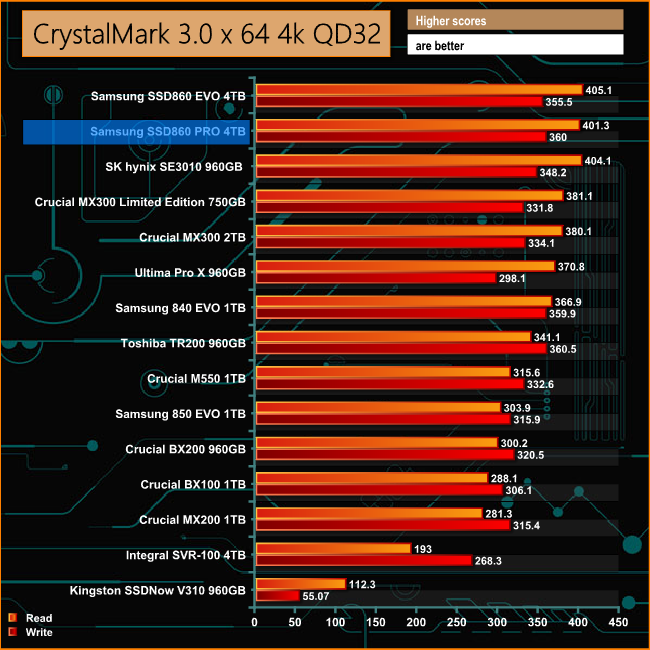
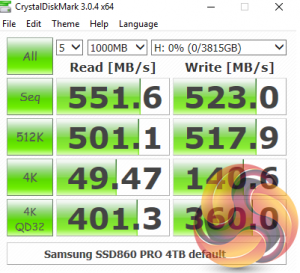
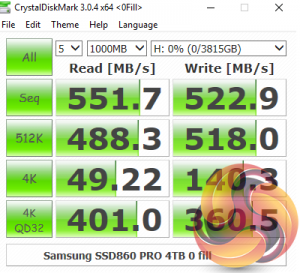
The 4K performance at a fairly deep queue depth of the SSD860 PRO is a tiny bit behind the 860EVO in terms of reads at 401MB/s compared to the EVO's 405MB/s and slightly ahead of the EVO when it comes to writes, 360MB/s versus 355MB/s.
The new MJX controller has no preferences to the type of data it's being asked to deal with according to the two sets of CrystalDiskMark results.
The ATTO Disk Benchmark performance measurement tool is compatible with Microsoft Windows. Measure your storage systems performance with various transfer sizes and test lengths for reads and writes. Several options are available to customize your performance measurement including queue depth, overlapped I/O and even a comparison mode with the option to run continuously.
Use ATTO Disk Benchmark to test any manufacturers RAID controllers, storage controllers, host adapters, hard drives and SSD drives and notice that ATTO products will consistently provide the highest level of performance to your storage.
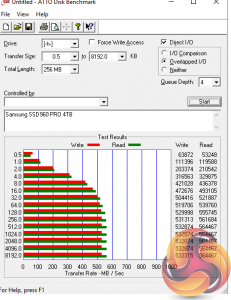
Samsung's official Sequential read/write figures for the SSD860 PRO are up to 560MB/s and 530MB/s respectively. We were able to confirm these figures with the ATTO benchmark, the tested drive producing a read score of 564MB/s with writes at 532MB/s.
AS SSD is a great free tool designed just for benching Solid State Drives. It performs an array of sequential read and write tests, as well as random read and write tests with sequential access times over a portion of the drive. AS SSD includes a sub suite of benchmarks with various file pattern algorithms but this is difficult in trying to judge accurate performance figures.

When it came to the more taxing AS-SSD test, the performance of the SSD860 PRO fell a fraction short of the 860EVO but it was still fast enough for it to sit comfortably in second place on our list of tested 1TB class drives.
IOMeter is another open source synthetic benchmarking tool which is able to simulate the various loads placed on hard drive and solid state drive technology.
We test with both random read and write 4k tests, as shown above. There are many ways to measure the IOPS performance of a Solid State Drive, so our results will sometimes differ from manufacturer’s quoted ratings. We do test all drives in exactly the same way, so the results are directly comparable.

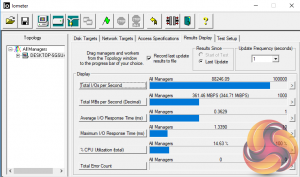

Samsung's official random read figures for the drive are up to 100,000 IOPS with writes at up to 90,000 IOPS. The review drive didn't quite hit either of those highs with reads at 97,992 IOPS and writes at 88,246 IOPS. That write figure is the fastest we have seen for a 1TB+ 2.5in drive to date.
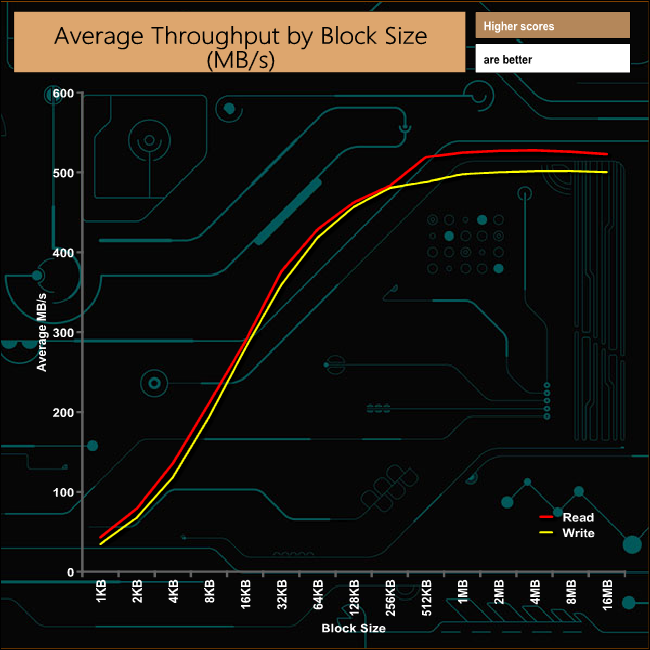
The read throughput of the SSD860 PRO has a slight wobble at the 256KB block level but the performance very quickly picks up to peak at 527.78MB/s at the 4MB block size. Writes peak at the 8MB block level at 501.82MB/s.
Futuremark’s PCMark 8 is a very good all round system benchmark but it’s Storage Consistency Test takes it to whole new level when testing SSD drives. It runs through four phases; Preconditioning, Degradation, Steady State, Recovery and finally Clean Up. During the Degradation, Steady State and Recovery phases it runs performance tests using the 10 software programs that form the backbone of PCMark 8; Adobe After Effects, Illustrator, InDesign, Photoshop Heavy and Photoshop Light, Microsoft Excel, PowerPoint, Word, Battlefield 3 and World of Warcraft. With some 18 phases of testing, this test can take many hours to run.
Preconditioning
The drive is written sequentially through up to the reported capacity with random data, write size of 256 × 512 = 131,072 bytes. This is done twice.
Degradation
Run writes of random size between 8 × 512 and 2048 × 512 bytes on random offsets for 10 minutes. It then runs a performance test. These two actions are then repeated 8 times and on each pass the duration of random writes is increased by 5 minutes.
Steady State
Run writes of random size between 8 × 512 and 2048 × 512 bytes on random offsets for final duration achieved in degradation phase. A performance test is then run. These actions are then re-run five times.
Recovery
The drive is idled for 5 minutes. Then a performance test is run. These actions are then repeated five times.
Clean Up
The drive is written through sequentially up to the reported capacity with zero data, write size of 256 × 512 = 131,072 bytes.
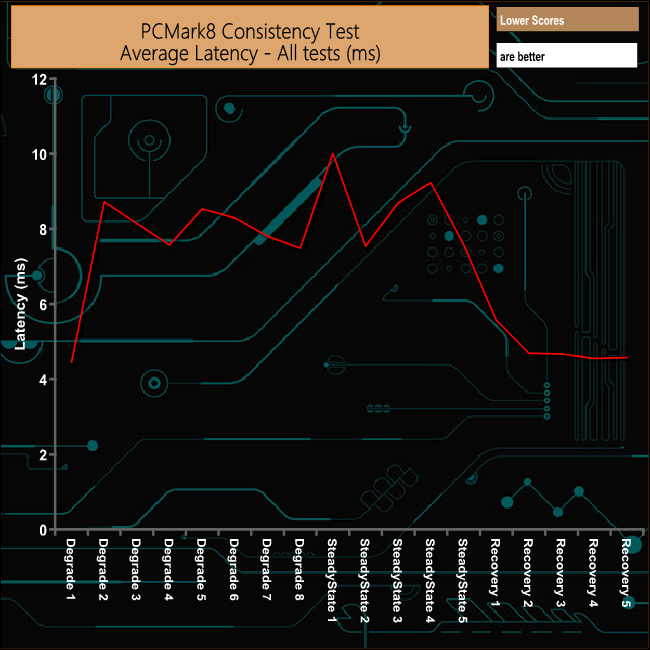
The SSD860 PRO takes a bit of a hit through all stages of the Degradation and Steady State phases of the test particularly the first Steady State phase but the drive recovers well with pretty consistent performance throughout the recovery phases.
PCMark 8’s Consistency test provides a huge amount of performance data, so here we’ve looked a little closer at how the Samsung SSD860 PRO performs in each of the benchmarks test suites.
Adobe Creative Cloud
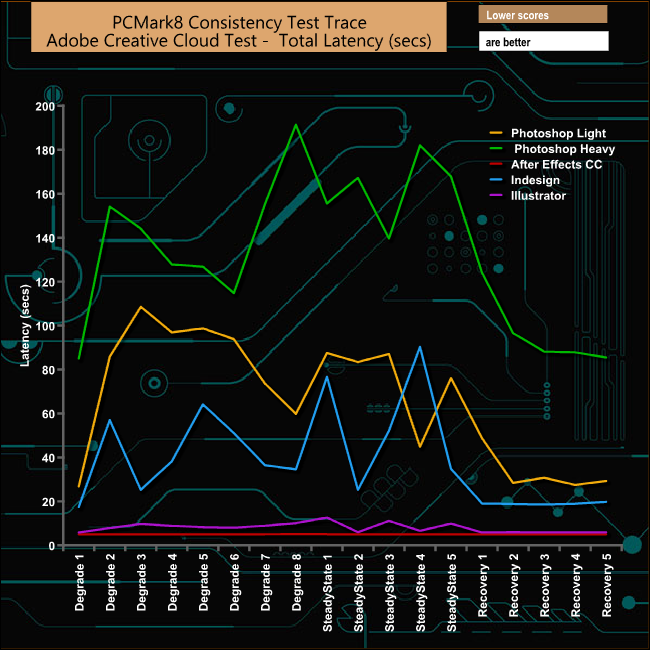
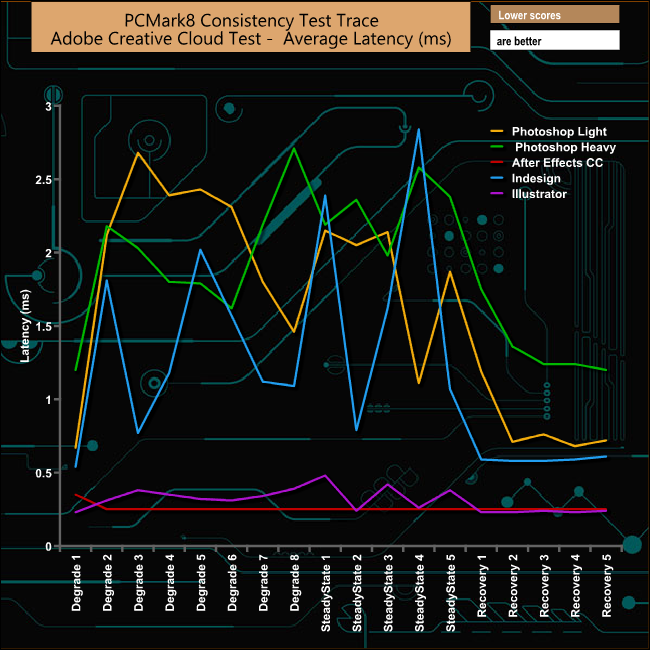
As usual in the Adobe suite of tests it's the two Photoshop traces that hit the drive the hardest, but what is unusual with SSD860 PRO is that it's the Photoshop Light trace that the drive has problems with rather than the usual Photoshop Heavy tests and also the Indesign trace causes performance to drop. The bandwidth drops to as low as 130MB/s at one point in the Photoshop Light test but the drive recovers well averaging 422.91MB/s for the five recovery phases.
Microsoft Office

In the Microsoft Office tests, it's the Word trace that hammers the drive but as before the drive recovers from the ordeal very well indeed.
Casual Gaming
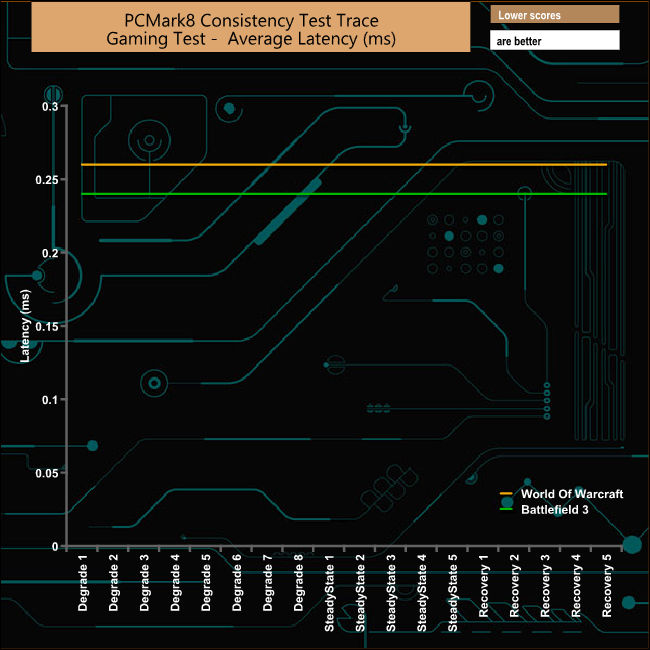
When it comes to the two gaming tests, the drive performs is pretty constant for the whole test without any alarming drops for the two traces at any stage during the test runs.
Just like the Consistency test, PCMark 8’s standard Storage test also saves a large amount of performance data. The default test runs through the test suite of 10 applications three times. Here we show the total bandwidth performance for each of the individual test suites for the third and final benchmark run.
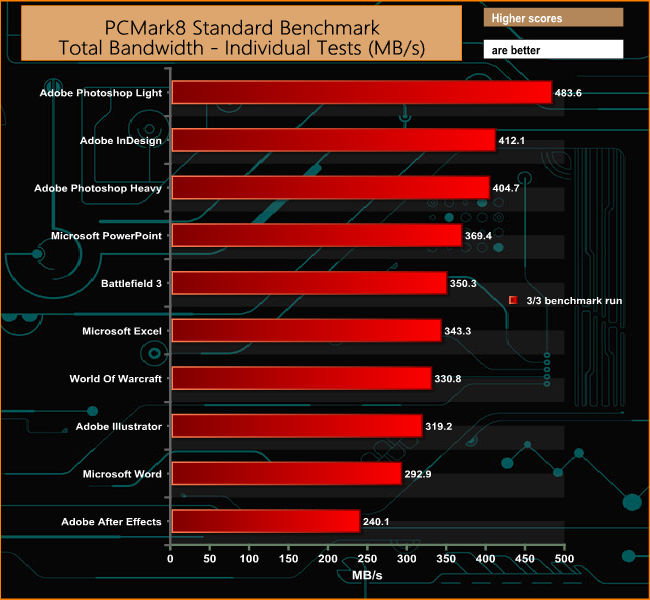
The SSD860 PRO shows strong performance for most of the standard PCM8 storage tests with the Adobe Photoshop Light, Heavy and InDesign traces being particularly well handled.
For the long term performance stability test, we set the drive up to run a 20-minute 4K random test with a 30% write, 70% read split, at a Queue Depth of 256 over the entire disk. The SSD860 PRO averaged 91,725 IOPS for the test with a performance stability of 97% which is something you should expect from a data center drive never mind a drive aimed at the consumer market.
The SSD860 PRO supports Samsung’s RAPID technology. RAPID stands for Real-time Accelerated Processing of I/O Data and works by using a portion of the system’s memory as a fast cache for the drive. It’s accessed via the Magician management tool.
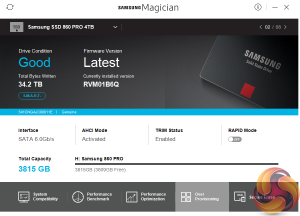
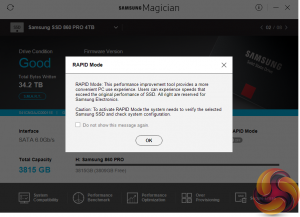
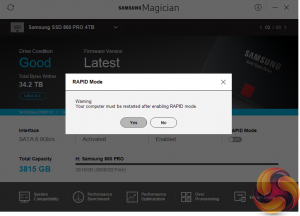
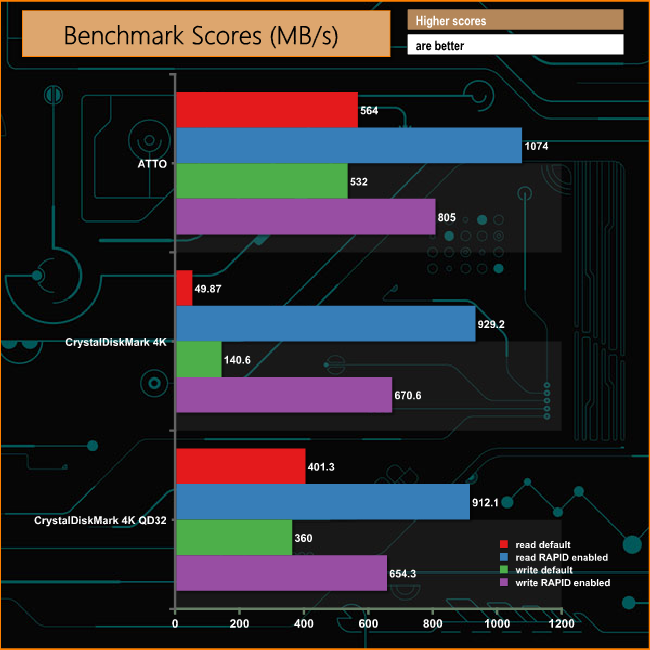
With RAPID mode turned on the Sequential read score in ATTO gets a huge boost up from the 564MB/s to a very impressive 1074MB/s. The rise in the write score isn’t quite so dramatic, rising from 532MB/s to 805MB/s.
RAPID has a much more profound effect on read performance than writes as can be seen in the CrystalDiskMark results at both shallow and deep queue depths. Although the write performance gets a healthy boost, it’s nowhere near the levels of the improvements the reads achieve.

Both the IOMeter and the AS SSD 4K read tests show large improvements with RAPID enabled but interestingly its the write performance that gets the biggest boost.
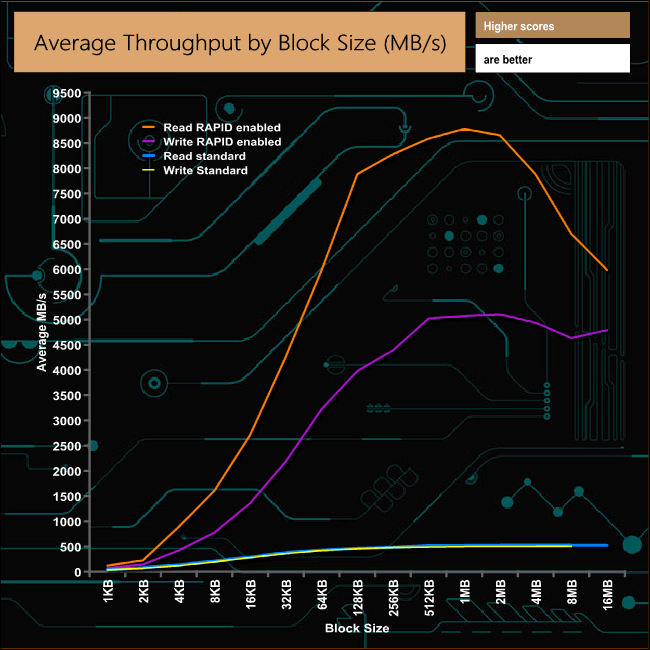
Samsung says RAPID mode is used primarily to accelerate read performance but in the throughput test it showed it can have a dramatic effect on write performance as well.
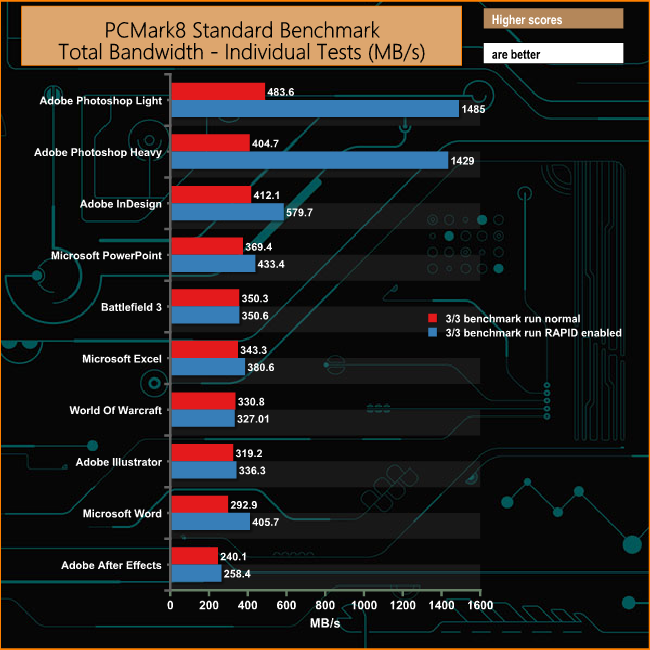
In the PCMark 8 Storage test the effects of enabling the RAPID technology vary considerably. When testing the Adobe Photoshop Heavy and Photoshop Light traces, RAPID makes a huge difference and there’s a healthy rise in the Abobe Indesign, Microsoft Word, PowerPoint and Excel performance figures as well. The rest of the test suites show not much improvement at all.
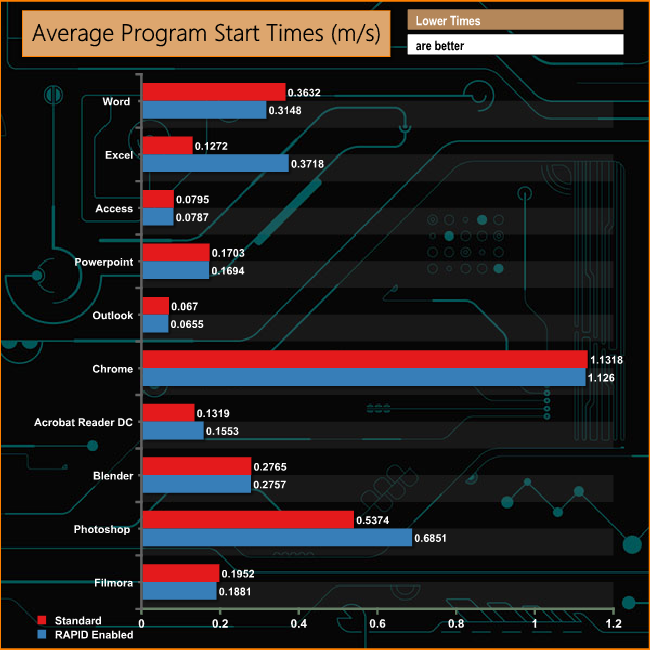
So the RAPID technology gives a really nice healthy boost to benchmark scores so it must improve things in real life … right?
Well for starters, the RAPID mode cache uses software that loads after the OS – so don't go thinking it will speed up boot up times. As for program loading times, yes it makes a difference, saving some time (with the exception of Microsoft Excel and Photoshop, where the time was slower with RAPID enabled) but we are talking milliseconds, so it is actually not noticeable at all.
To test real life performance of a drive we use a mix of folder/file types and by using the FastCopy utility (which gives a time as well as MB/s result) we record the performance of drive reading from & writing to a 256GB Samsung SSD850 PRO.
100GB data file.
60GB iso image.
60GB Steam folder – 29,521 files.
50GB File folder – 28,523 files.
12GB Movie folder – 24 files (mix of Blu-ray and 4K files).
10GB Photo folder – 621 files (mix of .png, raw and .jpeg images).
10GB Audio folder – 1,483 files (mix of mp3 and .flac files).
5GB (1.5bn pixel) photo.
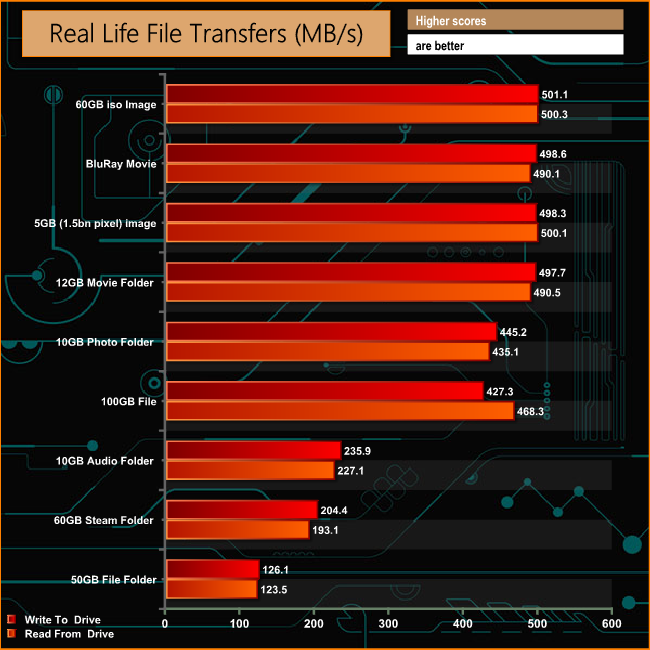
The SSD860 PRO shows strong read/write performance for the majority of our real life tests although it did seem to struggle somewhat with the 10GB Audio, 50GB File and 60GB Steam folders.
Samsung's mighty SSD850 PRO has been around for quite some time, but at long last it now gets a successor in the shape of the SSD860 PRO. The new drive replaces the 32-layer V-NAND of the 850 with 4th generation 64-layer V-NAND and also brings a new controller to the table in the form of the MJX which replaces the MEX of the 850 series.
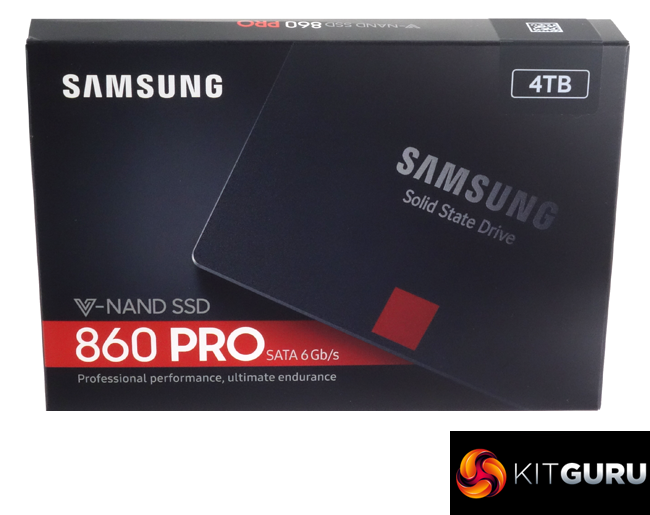
Official performance figures for the 4TB SSD860 PRO are quoted as 560MB/s and 530MB/s for Sequential read and writes respectively while random 4K performance is stated as up to 100,000 IOPS for reads with writes at up to 90,000 IOPS. These figures are the same right across the SSD860 range.
We confirmed the Sequential figures with the ATTO benchmark, the review drive yielding 564MB/s for reads and 532MB/s for writes. When it came to the random read/write performance, the review drive didn't quite hit either of the official highs with reads at 97,992 IOPS and writes at 88,246 IOPS. However that write figure is the fastest we have seen for a 1TB+ 2.5in drive to date.
To keep your data secure the SSD860 PRO supports AES 256-bit hardware encryption as well as TCG/Opal v2.0 and Encrypted Drive (IEEE1667) protocols.
The endurance figures for the new drives is very impressive. The 4TB drive has a rating of 4,800TBW, a figure which is a whopping 8 times better than the previous generation 850 PRO. However the 10 year warranty that backed the 850 PRO has been cut in half to 5 years for the SSD860 PRO.
We found the Samsung SSD860 PRO 4TBavailable to pre-order for £1,699.99 (inc VAT) on Overclockers UK HERE
Pros:
- Performance.
- Endurance rating.
- 5 year warranty.
Cons:
- Pricey
Kitguru says: Samsung's successor to the mighty SSD850 PRO has been a while in coming and the SSD860 carries on where its predessor left off. It uses the latest fourth generation Samsung V-NAND to good effect and has an outstanding endurance rating to boot. But it does carry a hefty old price tag.
 KitGuru KitGuru.net – Tech News | Hardware News | Hardware Reviews | IOS | Mobile | Gaming | Graphics Cards
KitGuru KitGuru.net – Tech News | Hardware News | Hardware Reviews | IOS | Mobile | Gaming | Graphics Cards


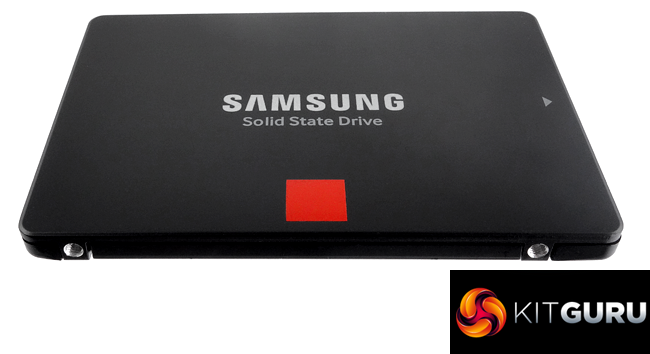
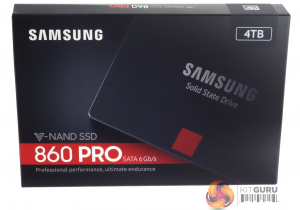
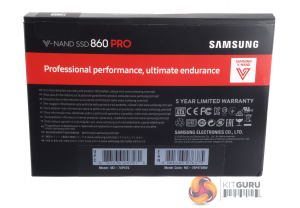
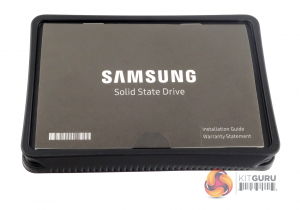
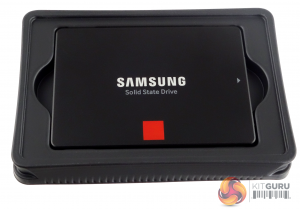
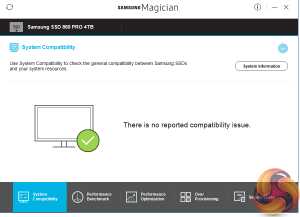
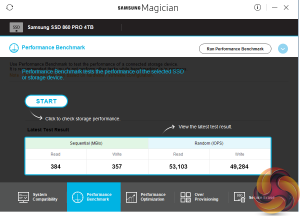
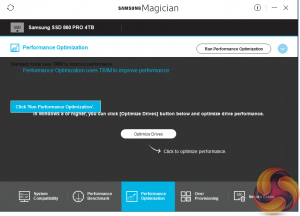
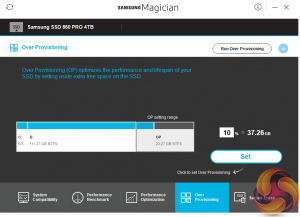
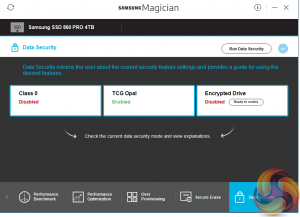
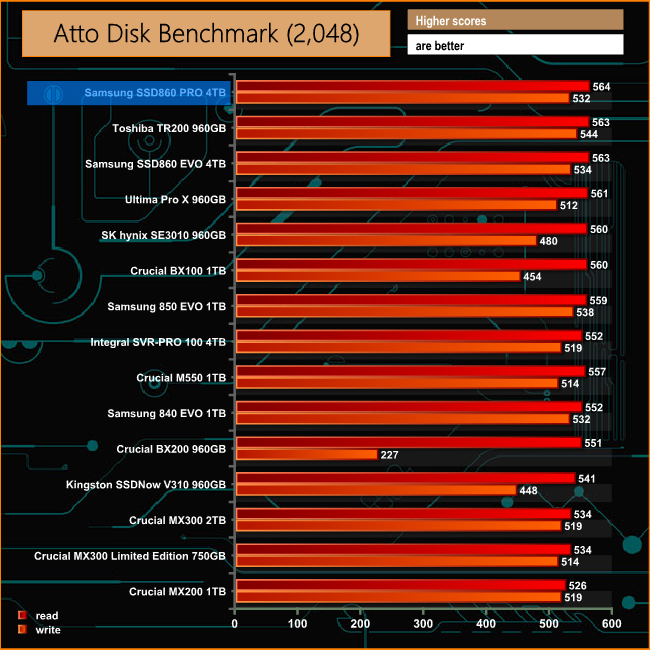

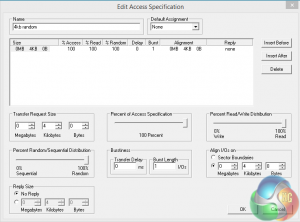
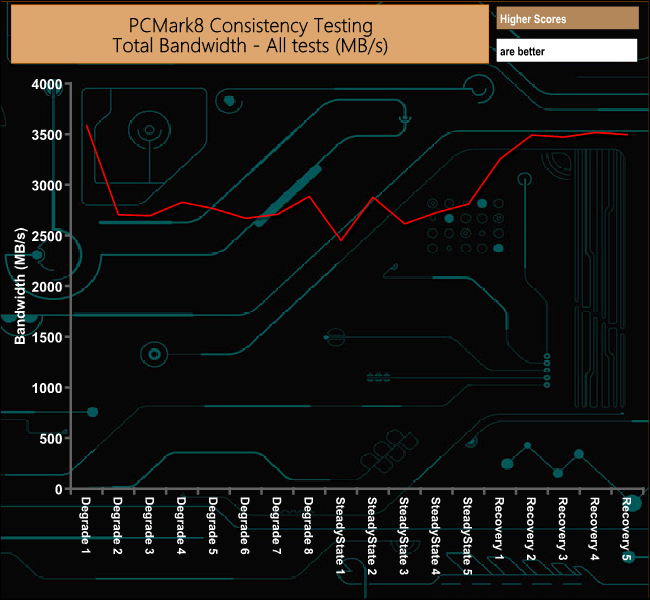
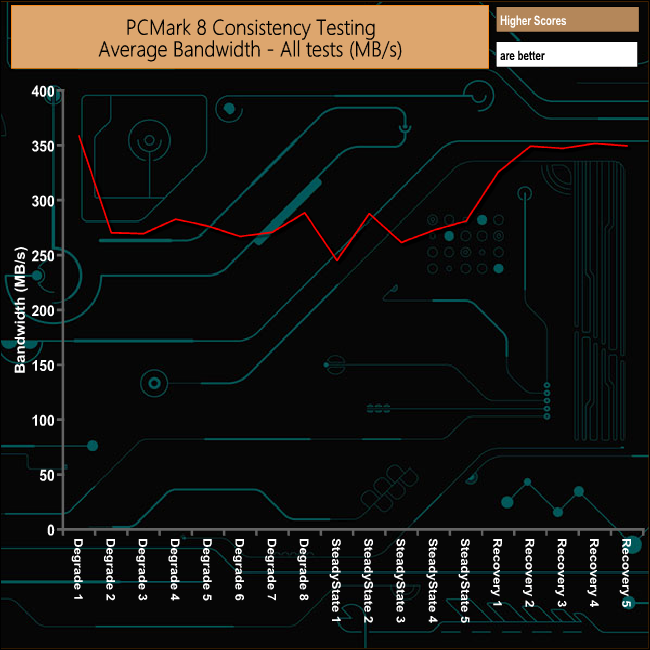
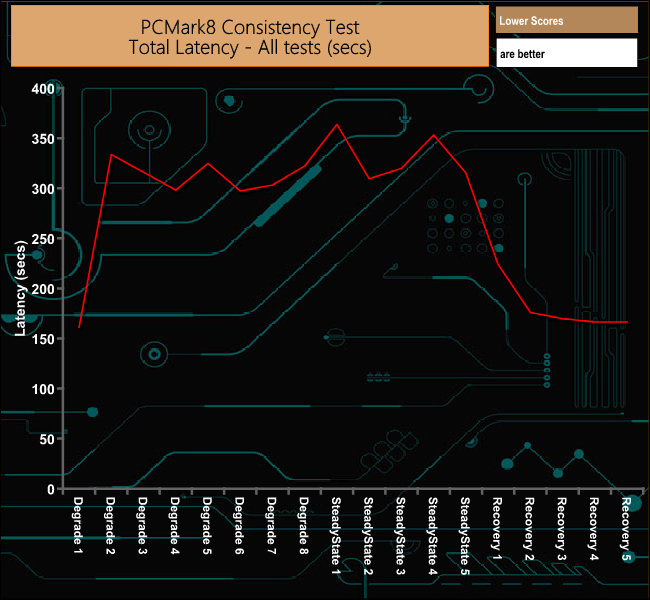
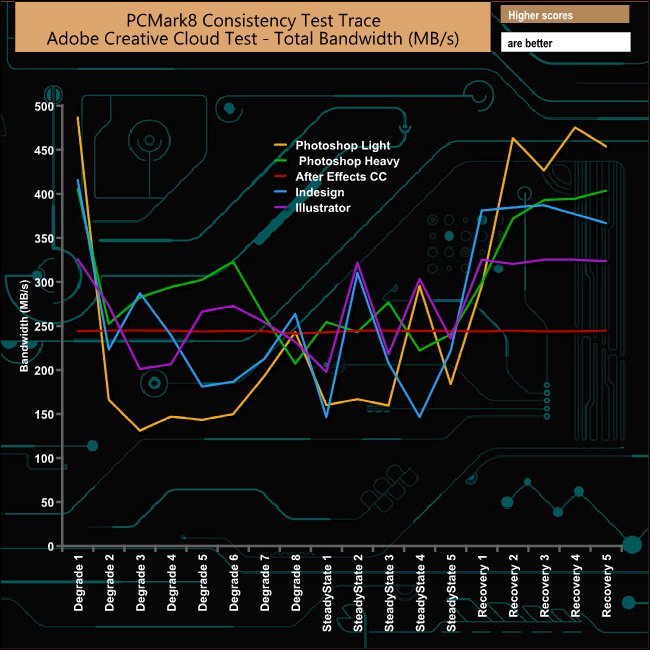

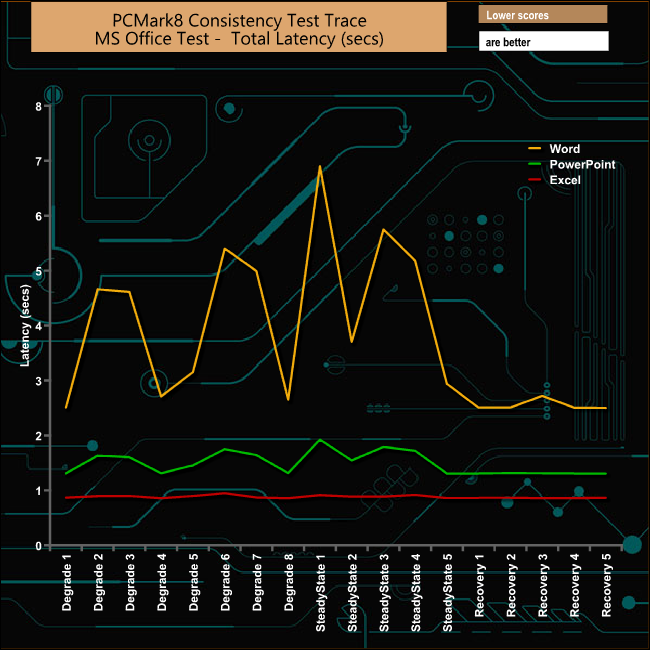
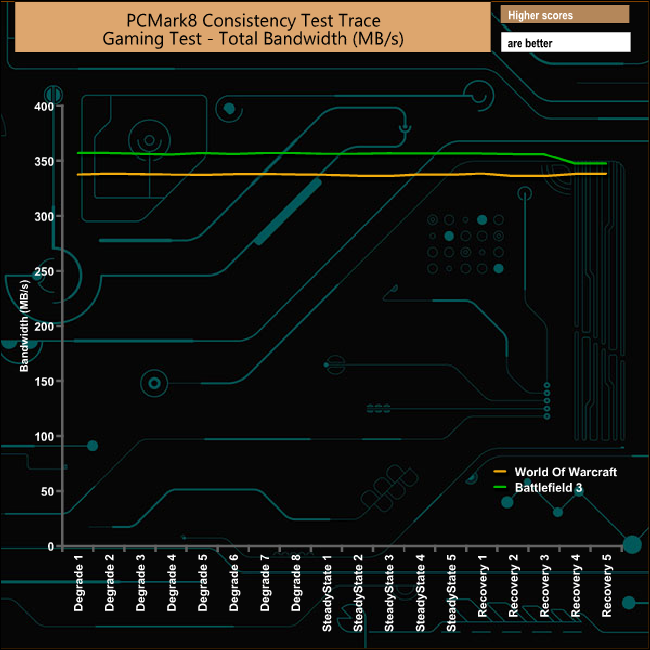
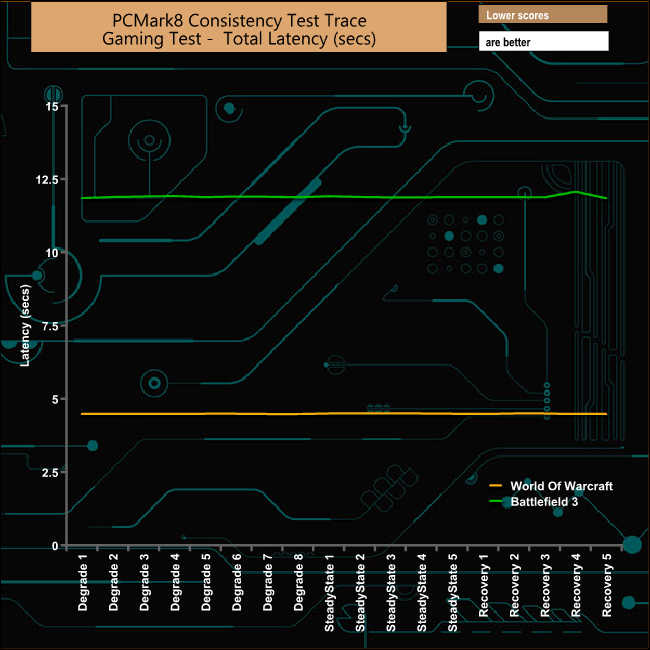

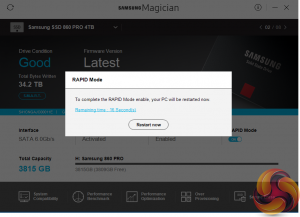
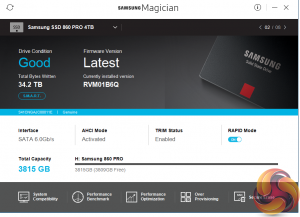



Great review. Thanks!